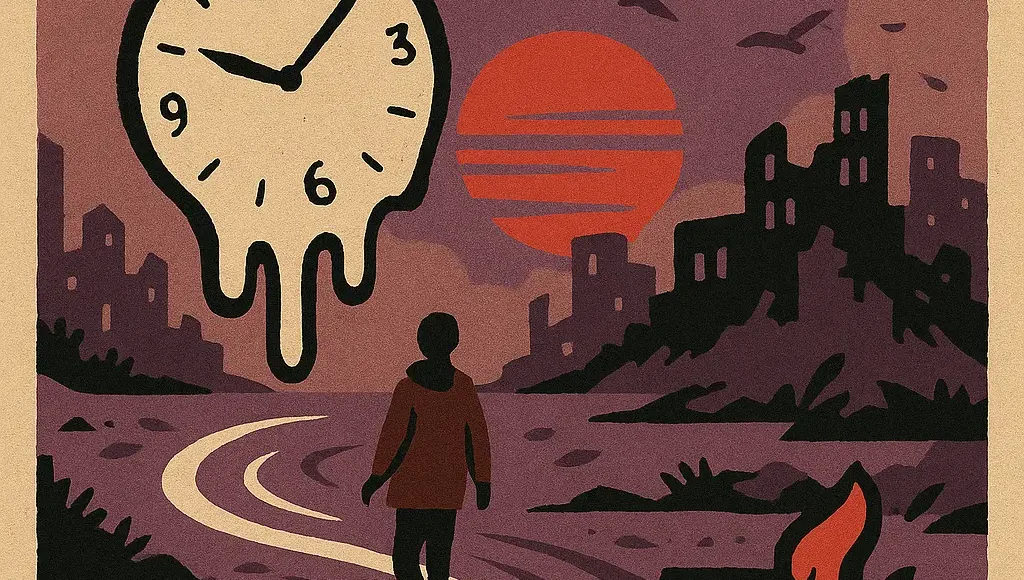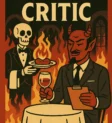Story Surgery: Because You Were

This was the hardest story in the collection to write—and maybe the one that changed me the most. The structure came first: I wanted to write a story that unfolded in reverse, not just in time but in causality itself. I didn’t want it to feel like a gimmick. I wanted it to feel like that’s the only way this story could exist. Like forward motion would’ve betrayed it.
That made everything harder. Dialogue had to stack backward. Emotional arcs had to be rewritten so that their beginning was really their ending. Every scene needed to carry a sense of aftermath without yet revealing the act that caused it. It became a kind of sculpting: carving away anything that revealed too much too soon, while leaving just enough for the reader to assemble the emotional shape of it on their own.
Thematically, it’s a story about grief that distorts time. That’s how it feels when someone you love dies, right? You go back to the last thing you said. You trace every choice. You imagine what could’ve changed if you had been better, or braver, or earlier. This story is that sensation turned into a structure. It’s an autopsy of consequence.
The characters were deliberately muted. They aren’t named until late (if at all), and their relationships are understood primarily through gesture, not exposition. That’s because the story doesn’t ask you to understand who they are in the conventional sense—it asks you to understand what they’ve lost, and what they’re trying to salvage from that loss.
The prose had to be precise. In a story moving backward, any sentence that assumed a known outcome became false. I had to think like a memory being replayed—clear in detail but fraying at the edges. Even descriptions had to feel echoed, not declared.
I struggled most with the ending—which, in narrative time, is really the beginning. It had to be both devastating and inevitable. Not a twist. Not a surprise. Just a moment of recognition that reverberates back through the story like a tremor through glass.
I rewrote it seven times.
But when it finally clicked—when the last scene landed with the soft horror I’d been chasing—it felt like the story had never existed any other way. That’s how I knew it was done.
If this story teaches anything to another writer, maybe it’s this: structure can be emotion. The way a story is told isn’t just a delivery method—it’s part of the meaning. If you’re writing about disorientation, maybe the reader should feel disoriented. If you’re writing about someone walking backward through their choices, maybe the story should do the same.
Don’t be afraid to build a narrative that only makes sense when it’s breaking you apart.
Writing Challenge
Write a story where the ending comes first. Then write the scenes leading up to it—but tell them in reverse order, one by one. At each step, make sure the emotional weight increases even as the narrative “goes back.” Let the reader feel like they’re swimming upstream through someone’s soul.
Questions for Reflection
How does the order of a story affect its emotional truth?
Are you building tension through revelation, or erosion?
What does your character want to undo—and what are you making the reader wish they could forget?


